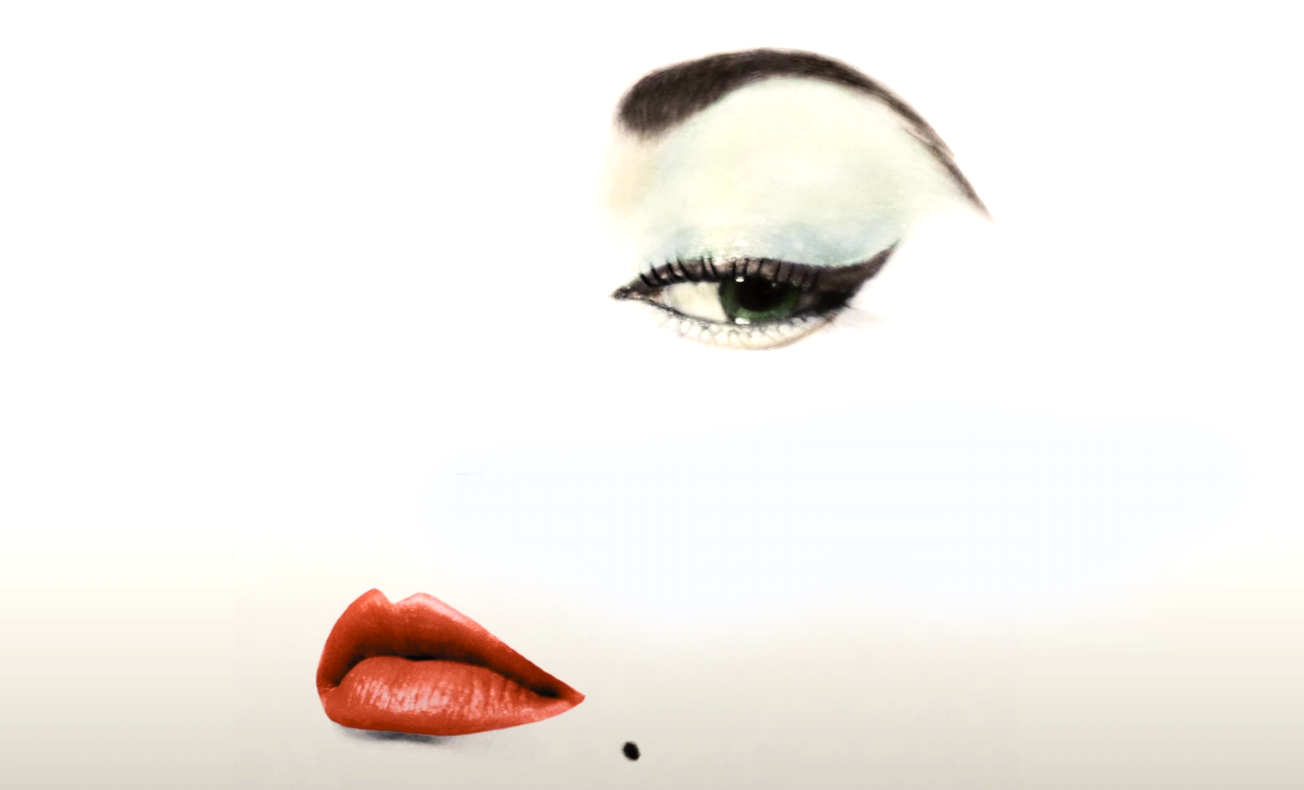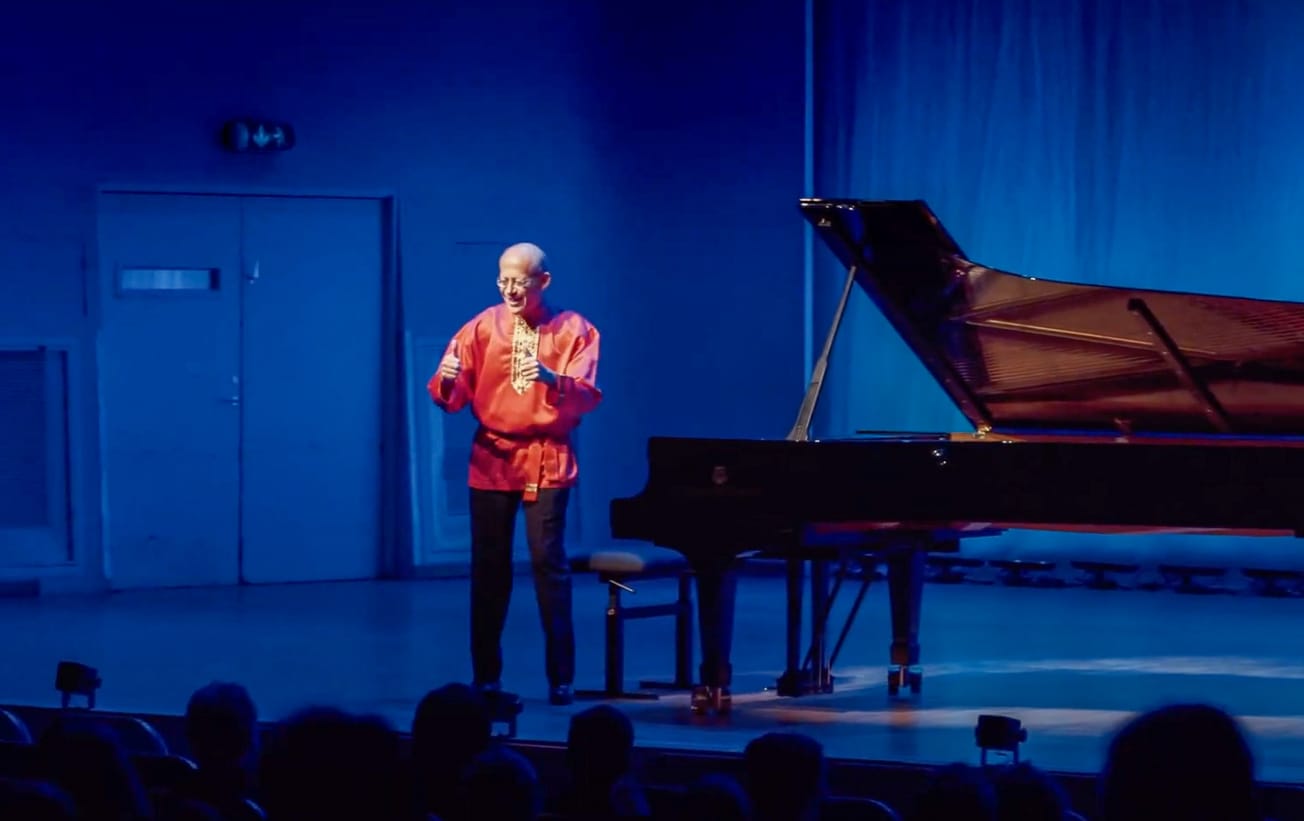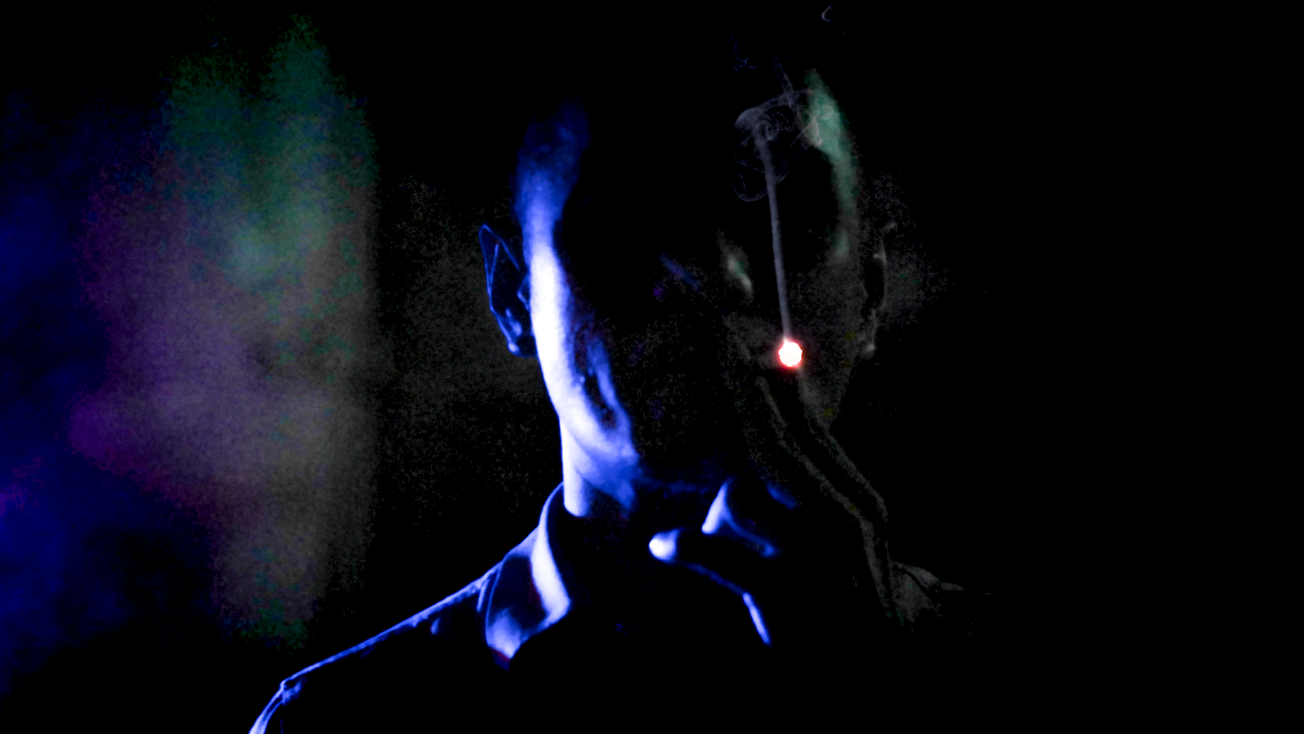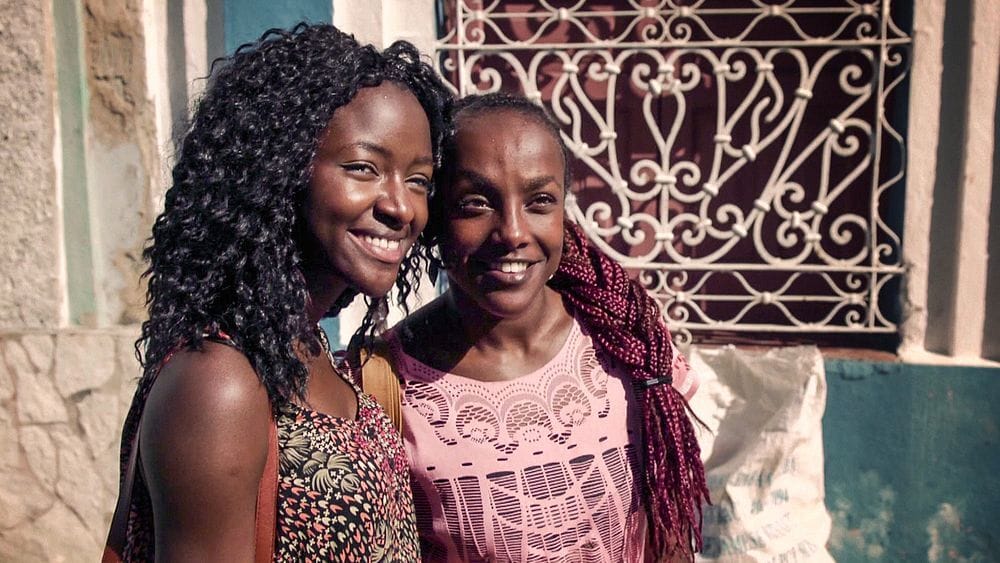Keywords: Islamic Art, Susan Sarandon, Cultural Heritage, Religion, Architecture, Ceramics, Paintings, Metal Work, Mosques, Palaces, Documentary, Historical, Robert H. Gardner, 2012. Three words: 'Islamic', 'Art', 'Cultural Heritage'
Introduction
"Islamic Art: Mirror of the Invisible World" is a captivating documentary directed by Robert H. Gardner, narrated by Susan Sarandon and released in 2012. It takes viewers on a visually stunning journey through the rich and varied world of Islamic art, featuring everything from grand mosques and palaces to intricate ceramics, carved boxes, paintings, and metalwork.
Synopsis
This documentary explores the richness of Islamic art in objects both big and small, showcasing the monumental mosques and palaces as well as the exquisite ceramics, carved boxes, paintings, and metalwork. It offers a historical and cultural perspective on the Islamic world, providing a mirror into its grandeur and intricacy.
More Film Analysis
Analysis
"Islamic Art: Mirror of the Invisible World" takes a scholarly yet accessible approach to its subject matter. Its depth of research is evident in the detailed descriptions of each artwork and architectural marvel, and it explores the subject with a sense of wonder and admiration that is infectious.
Historical and Factual Context
Islamic art is not just a reflection of religious beliefs, but also of the cultural and historical context in which it was created. This documentary provides the necessary historical and factual background that helps viewers understand and appreciate the art more deeply.
Key themes in the film
- The intersection of religion, culture, and art
- The historical and cultural context of Islamic art
- The diversity and richness of Islamic art forms
Film Comparisons
"Islamic Art: Mirror of the Invisible World" can be compared to other art documentaries like "The Art of the Steal" and "The Mona Lisa Curse", but it stands out for its focus on Islamic art, a subject not commonly explored in mainstream media.
Noteworthy Moments
The documentary's showcase of the stunning architectural marvels like the Alhambra in Spain and the Taj Mahal in India are among its most significant moments.
Reviews
The documentary has received positive reviews for its visually stunning representation of Islamic art and its insightful commentary. It holds an IMDB score of 6.4.
Conclusion
"Islamic Art: Mirror of the Invisible World" is a mesmerizing exploration of Islamic art that will appeal to art enthusiasts and those interested in Islamic culture and history.
More film information:
FILM SUMMARY
- IMDB score: 6.4
- Rotten Tomatoes score: N/A
- Metacritic score: N/A
- Film festival awards: N/A
PERSONALITIES
- Susan Sarandon: Narrator
- Robert H. Gardner: Director
LOCATIONS
- Various locations featuring Islamic art across the globe
Key Questions Raised by the Film:
- What is the significance of Islamic art in the Islamic world?
- How does Islamic art reflect the historical and cultural context in which it was created?
- How does Islamic art compare to other art forms?
Links for Further Exploration:
I wonder what the film would be in another art form



- If this film was a famous book, which one would it be? "A Thousand Splendid Suns" by Khaled Hosseini, for its beautiful depiction of Islamic culture.
- If this film was a famous song, which one would it be? "Arabian Nights" from Aladdin, for its evocation of the mystery and beauty of the Middle East.
- If this film was a famous piece of art, which one would it be? The Alhambra, for its intricate Islamic designs.
- If this film was a famous celebrity, who would it be? Salma Hayek, for her beauty, grace, and Middle Eastern heritage.
- If this film was a color, which one would it be? Turquoise, often seen in Islamic art and architecture.
- If this film was a music style, which one would it be? Traditional Arabian music, reflecting the cultural roots of Islamic art.








